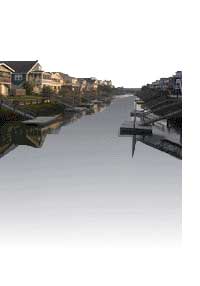|
AP
An iceberg floats near Greenland.
Sunspot activity has not resumed up after hitting an 11-year low in March last year, raising fears that —
far from warming — the globe is about to return to an Ice Age, says an Australian-American scientist.
Physicist Phil Chapman, the first native-born Australian to become an astronaut with NASA [he became an American citizen
to join up, though he never went into space], said pictures from the U.S. Solar and Heliospheric Observatory (SOHO) showed
no spots on the sun.
He said the world cooled quickly between January last year and January this year, by about 0.7 degrees Centigrade.
"This is the fastest temperature change in the instrumental record, and it puts us back to where we were in 1930," Chapman
wrote in The Australian Wednesday. "If the temperature does not soon recover, we will have to conclude that global warming is over."
• Click here to visit FOXNews.com's Natural Science Center.
The Bureau of Meteorology says temperatures in Australia have been warmer than the 1960-90 average since
the late 1970s, barring a couple of cooler years, and are now 0.3 degrees Centigrade higher than the long-term average.
A sunspot is a region on the sun that is cooler than the rest and appears dark.
An alternative theory of global warming is that a strong solar magnetic field, when there is plenty of sunspot activity, protects the Earth from cosmic rays, cutting
cloud formation, but that when the field is weak — during low sunspot activity — the rays can penetrate into the
lower atmosphere and cloud cover increases, cooling the surface.
But scientists from the U.S. National Centre for Atmospheric Research in Bolder, Colorado published a
report in 2006 that showed the sun had a negligible effect on climate change.
|
